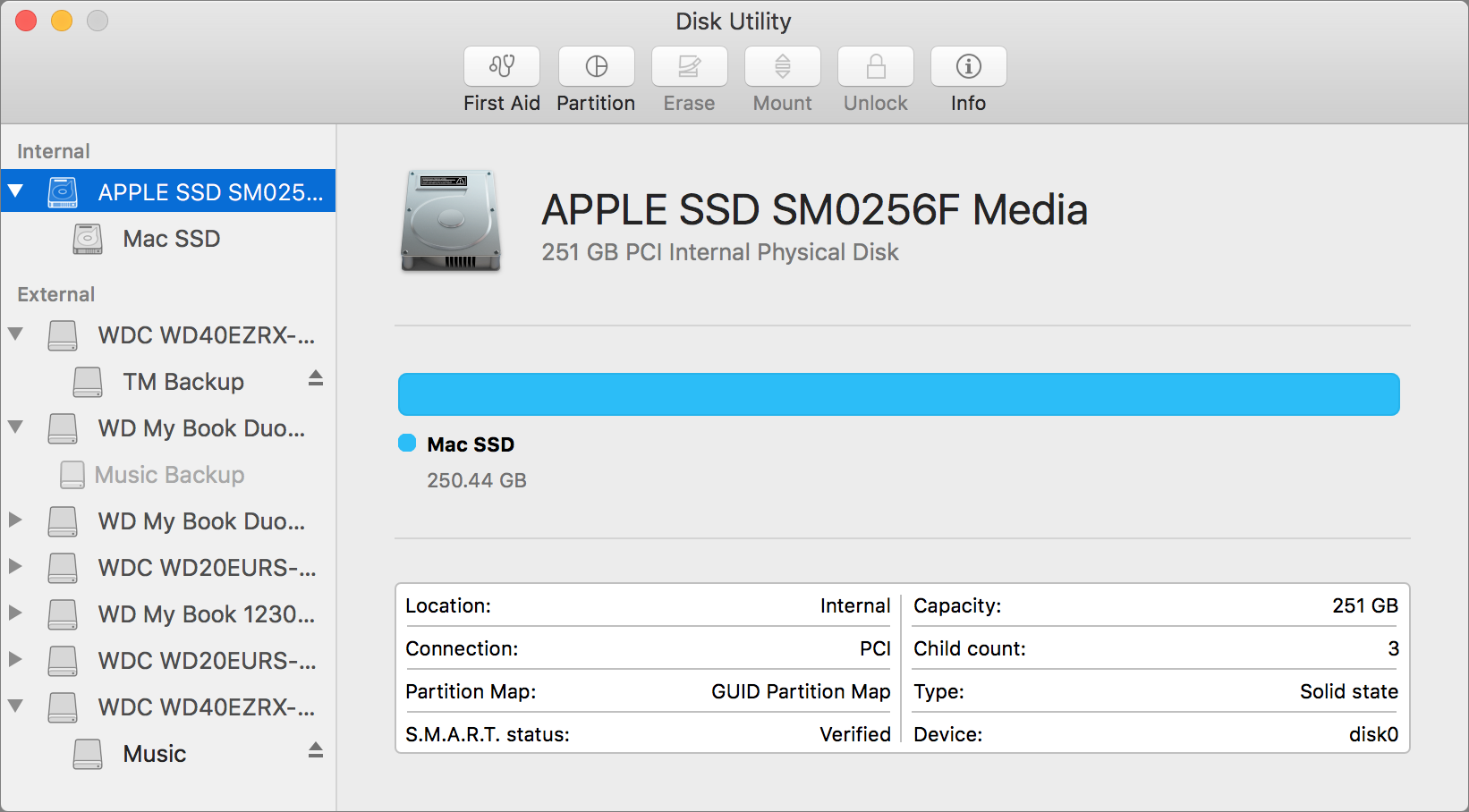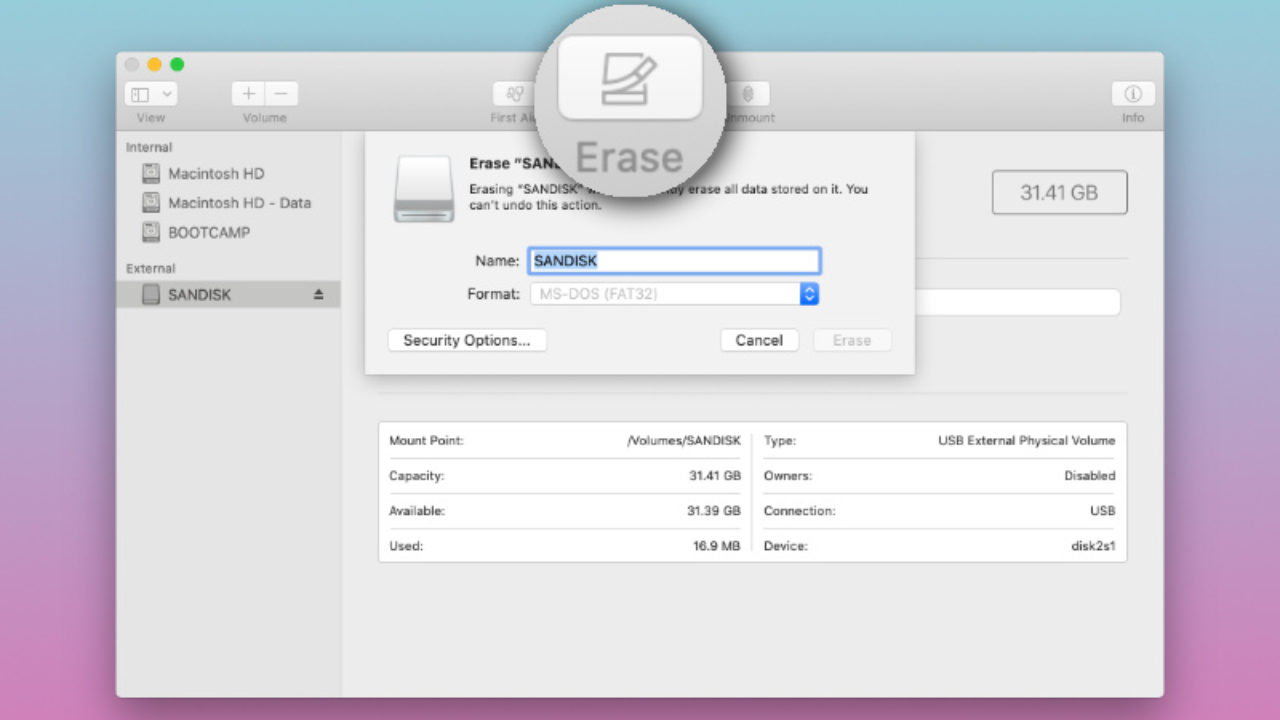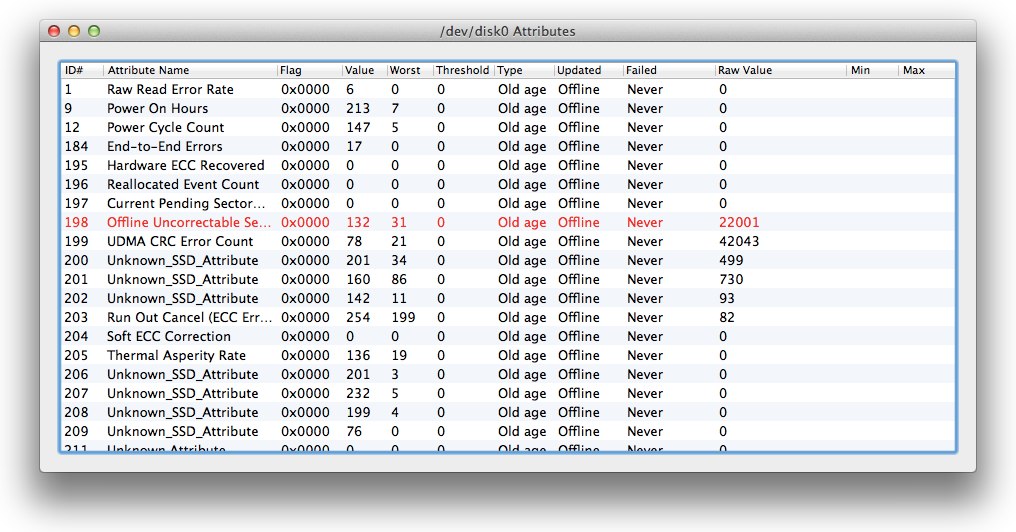

- Utilities for mac os mac os#
- Utilities for mac os install#
- Utilities for mac os update#
- Utilities for mac os full#
- Utilities for mac os pro#
Utilities for mac os install#

If you use APFS, you will not have a bootable Recovery partition. If you have a machine that did NOT natively support High Sierra (and therefore cannot boot APFS volumes natively), please note the following:.Using APFS on Late-2009 and later machines will work no differently than it did with High Sierra.If you choose to continue using macOS Extended (Journaled) as your filesystem type, you will NOT receive System Updates via System Preferences.
Utilities for mac os update#
Important Note: Using APFS is REQUIRED in Mojave in order to receive system updates via the normal Software Update method. If formatting an entire drive, ensure GUID is selected.
Utilities for mac os mac os#
Select the disk or partition you want to install on, and erase it, ensuring to use either Mac OS Extended (Journaled), or APFS as the filesystem type. When the installer boots, open Disk Utility from the Utilities menu, or by double-clicking it in the Utilities window on the bottom left corner of the screen.Ħ. Otherwise, you can simply skip these steps and install to your volumeĬontaing a previous version of OS X, and it'll do an in-place upgrade.ĥ. Note: Only perform steps 5 and 6 if you intend to do a clean install. When the operation completes, boot your target unsupported Mac off the USB drive you just created by holding down the Option key while turning on the machine, and selecting the drive. Next, select your USB drive in the Target Volume list, and click "Start Operation."Ĥ. *Ensure that the tool successfully verifies the app.ģ. Open the "macOS Mojave Patcher" tool, and browse for your copy of the macOS Mojave Installer App. Insert your desired USB drive, open Disk Utility, and format it as OS X Extended (Journaled).Ģ. When installing, ensure your system is plugged in to power, or the update will not be installed.ġ. If you have NOT previously installed High Sierra, you can download and install this package to install the latest BootROM version. If you have a machine that supports High Sierra natively, you MUST ensure you have the latest version of the system's BootROM installed if you want to boot from an APFS volume. While it works and is fully usable, Mojave detects it as just a standard mouse, preventing you from changing some trackpad-oriented settings. The trackpad in the MacBook5,2 isn't fully supported in Mojave. It seems to be hit or miss, but when installing, expect your iSight camera to be non-functional.
Utilities for mac os pro#
To disable the AMD GPU on a 2011 MacBook Pro 8,2 or 8,3, follow the guide found here. You CANNOT disable the AMD GPU in an iMac.) Weird colors will also be produced when running Mojave with one of these video cards installed/enabled. If you want to enable GPU acceleration on these machines, you'll need to disable the AMD GPU (This will work on MacBook Pro 8,2 and 8,3 systems ONLY.

This includes the 15" and 17" MacBook Pro systems (MacBookPro8,2 and 8,3). Mojave will be almost UNUSABLE without graphics acceleration.
Utilities for mac os full#


 0 kommentar(er)
0 kommentar(er)
